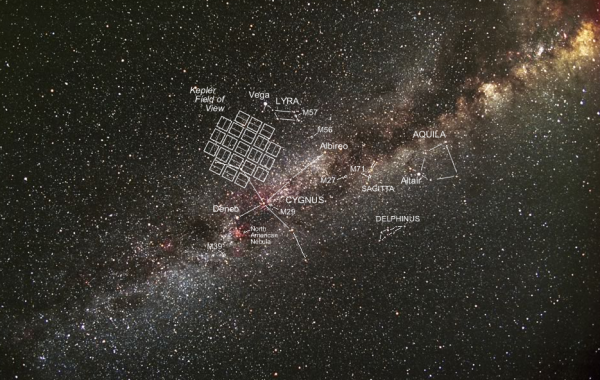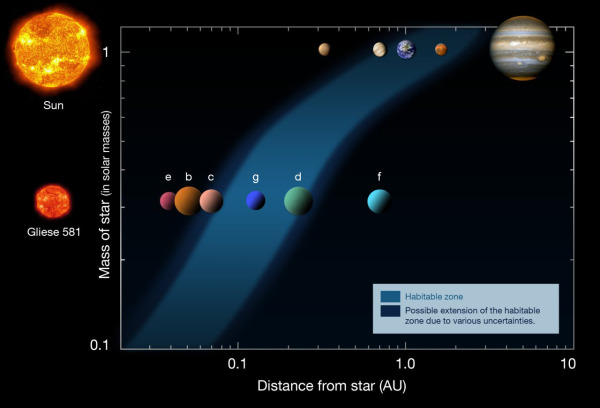“I’m sure the universe is full of intelligent life. It’s just been too intelligent to come here.” -Arthur C. Clarke
For the past three years, Kepler has been looking at 150,000 stars, searching for planetary transits.
The science haul has been huge, but mostly larger planets close in to their parent stars. Nevertheless, a few rocky, habitable-zone planets have been discovered. Whether we take optimistic or pessimistic estimates, what do we expect for the rest of the galaxy?
At minimum, some 6 billion habitable-zone, rocky planets. And likely many more!
- Log in to post comments
More like this
"You can spend too much time wondering which of identical twins is the more alike." -Robert Brault
You've of course heard by now the news that Kepler, the most successful and prolific planet-finding mission of all time, has probably reached the end of its useful lifespan.
Image credit: NASA /…
"Life is not a miracle. It is a natural phenomenon, and can be expected to appear whenever there is a planet whose conditions duplicate those of the Earth."
-Harold Urey
One of the most exciting investigations going on right now in space is NASA's Kepler Mission, which is on the hunt for planets…
"Day after day, day after day,
We stuck, nor breath nor motion;
As idle as a painted ship
Upon a painted ocean.
Water, water, every where,
And all the boards did shrink;
Water, water, every where,
Nor any drop to drink." -Samuel Taylor Coleridge, Rime of the Ancient Mariner
Despite the discovery of…
"The diversity of the phenomena of nature is so vast and the treasures hidden in the heavens so rich precisely in order that the human mind shall never be lacking in fresh nourishment." -Johannes Kepler, and the adopted saying of the Kepler mission
The latest haul from NASA's Kepler mission…







So our detection is biased towards certain conditions, that makes perfect sense, but is rocky planetary formation biased towards certain types or ages of stars? Are we indiscriminate at which stars we look at or selective?
A fairly old publication Planets for Man by Stephen Dole and Isaac Asimov is a good place to start. It's been reintroduced by Rand publishers (it's their 60 anniversary) to celebrate. There is also an ebook available. I got the book possibly 40 odd years ago. Makes interesting reading!
The optimistic number of 8 trillion would mean 20-40 per star in the galaxy. Are the numbers really correct?
NASA just announced some crazy stuff a few hours ago that might effect these calculations.
Plants in circumbinary orbits are prone to chaotic rotational mechanics. The examples they used were that if you had a house on the north pole you could suddenly find your house was now on the south pole. The sun could rise in the east and set in the west one day, then on some other day the sun could rise in the north and set in the east.
The idea is the mass in rocky worlds is not perfectly uniform. With planets orbiting single suns or moons orbiting single planets this can result in tidal locking. However we do have one system locally that is an oddball. The small moons of Pluto orbit the barycenter of Pluto and Charon. It has just been discovered their rotations are totally jacked by Pluto and Charon acting like lobes on a single mass.
The astrophysicists at the conference think the effect should scale up to effect binary star systems with planets in cirumbinary orbits.